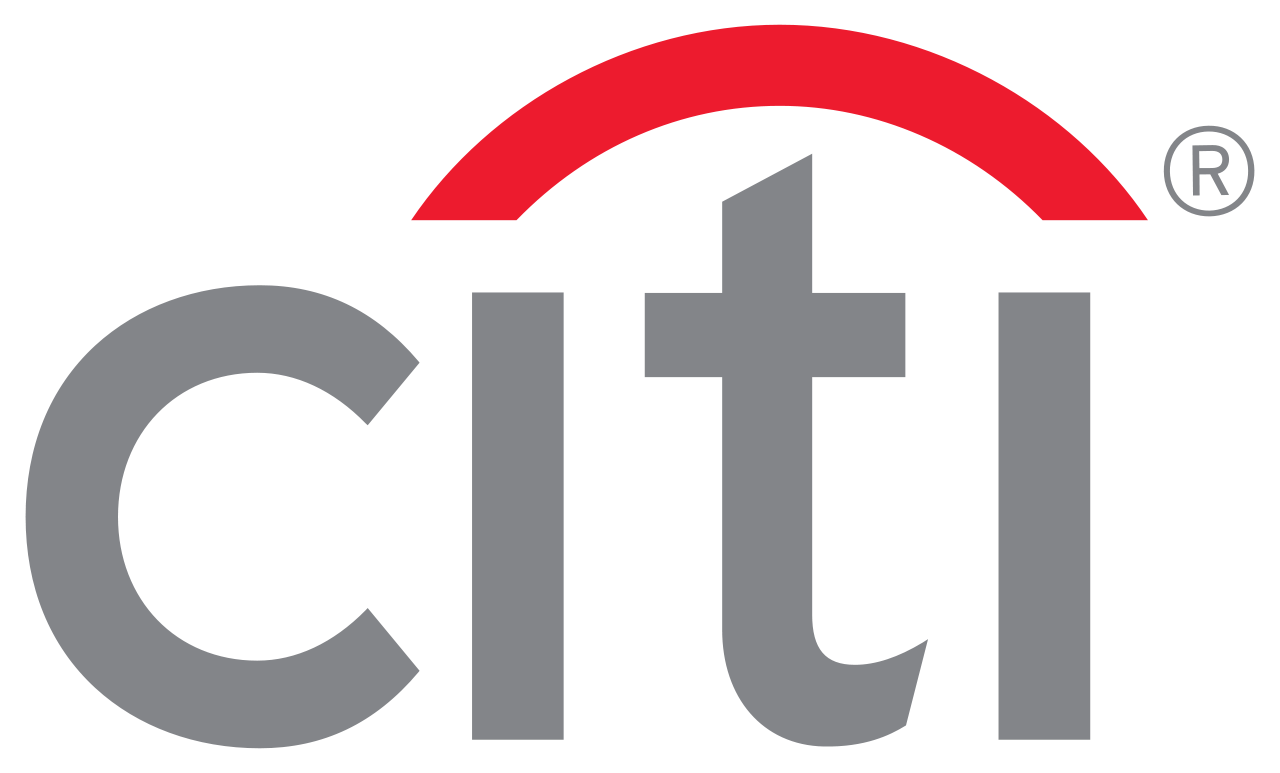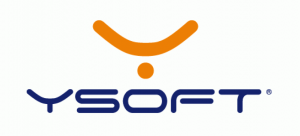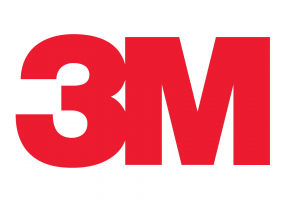Reopening the World’s Workplaces
13.05.2020Company: Amcham
The implications of COVID-19 have been profound, and the path to business recovery is evolving and fluid. This briefing is for occupiers of space and landlords who manage their buildings—wherever they are in the response-to-recovery process. We are sharing our expertise and advice based on a rapidly growing body of experience, detailed guidance documents, technical specifications, protocols and tools that we have developed for and with our clients and for our own CBRE workplace.
WHAT TRIGGERS RECOVERY?
As governmental restrictions permit the return to work and businesses are broadly allowed to reopen workplaces, occupiers should be prepared to determine their own thresholds and policies for welcoming employees, customers and visitors back to their offices and places of business. This may include factors like availability of widespread testing, reliable and sustained accessibility to key cleaning supplies and personal protective equipment, the ability to support social distancing and frequent cleaning, and regulatory requirements and implementation of best practices.
A SAFE & HEALTHY PLAN
All work environments—whether owned or leased offices, warehouses, labs, retail stores or manufacturing facilities—will require careful consideration and tailored plans. From the occupier perspective, we have organized our guidance into three key categories: Planning for the Return to the Workplace, Bringing Employees Back to Work, and Ongoing Management and Workplace Evolution.
MOBILIZING A CROSS-FUNCTIONAL RECOVERY TEAM
It is critical to establish a centralized, multidisciplinary task force as soon as possible to help plan and oversee recovery efforts across the portfolio. Consider including leaders from the following disciplines:
MULTIDISCIPLINARY RECOVERY MANAGEMENT TEAM – RECOMMENDED DISCIPLINES:
- + Executive Sponsor
- + Program Lead
- + Business Leadership
- + HR/People
- + Health Safety Environmental (HSE)
- + Operations
- + Real Estate & Facilities
- + Finance
- + Legal (Corporate, Regulatory & Employment)
- + Technology
- + Workplace Strategy
- + Procurement
- + Security & Crisis Management
- + Communications
Planning for the
Return to the Workplace
Our experience supporting clients in Asia suggests that reopening workplaces and commercial establishments is not straightforward. Forethought is critical as important activities must be approached in fundamentally new ways. Some of these key areas include:
- Safety, Health and Wellbeing:
Businesses should prepare for a more discerning workforce that will expect continuous, credible assurances that they are working in a safe environment. This will include clear displays of updated safety, health and wellness information and resources for employees, visitors and occupants throughout the building and specific workplace.
Relationships with key stakeholders should be reset, as companies mobilize to come back to the workplace. Consider this preliminary list of stakeholders with whom to communicate and coordinate prior to reopening a facility or workplace.
- OCCUPIER STAKEHOLDERS
- + Business Leaders
- + Functional Partners (e.g., HSE, HR)
- + Employees
- + Contractors
- + Supplier Partners
- + Landlords
- + Amenity Providers
-
- PROPERTY OWNER STAKEHOLDERS
- + Tenants/Occupiers
- + Property Manager
- + Supplier Partners
- + Amenity Providers
- Business Requirements and Work Arrangements:
Early lessons from Asia indicate bringing teams back “full throttle” is unwise and inconsistent with most public health guidance, which recommends that social distancing measures be reduced in a gradual and thoughtful manner. Employers should establish a plan that enables gradually increasing the number of people who return to work.
- Procurement and Financial Considerations:
Both occupiers and landlords should give serious consideration to new levels of service, materials and activities necessary to facilitate a return to the workplace. Examples of areas that may require advanced sourcing activities and increased funding include enhanced cleaning; introduction of new access protocols (e.g., temperature screening); increased quantities of supplies such as hand sanitizers, wipes, gloves, masks; reconfiguration of work environments and associated technology and equipment; utilization tracking technologies; touchless technologies, and more.
- Portfolio and Workplace Strategy:
Occupiers should conduct a holistic review of business requirements and portfolio implications to assess and optimize their medium- to long-term positions and options considering anticipated changes to workplace strategy in a post-COVID-19 world. We anticipate most occupiers will settle on a balanced approach that builds in greater resiliency by introducing a spectrum of physical and virtual solutions based on business needs.
Bringing Employees
Back to Work
Preparing to reopen requires the development of detailed plans for each location, reconfiguration of the physical environment to support social distancing practices, and continuous communications.
The facility readiness process is extensive, and no detail is too small to consider. It entails conducting a comprehensive assessment of the physical building and taking steps to prepare for reentry where controllable. In leased locations, occupiers and property owners should openly communicate a plan that will support the back-to-work process.
Public health guidance strongly suggests that social distancing measures should be stepped down very gradually. Occupiers and property owners can convey their safety efforts to occupants by taking tangible steps to change the physical environment that support physical distancing and other safety practices.
Ongoing Management
and Workplace Evolution
Reoccupying work environments for the long-term should be approached as a “reset” of ongoing soft services to support the workplace environment. It also entails continuous and frequently updated communications to employees and occupants to provide education and awareness of safety, health, and wellness initiatives underway.
Conduct a comprehensive review of all operational activities and services that occur in the work environment.
- Continuous Response and Readiness:
Once the space has been reoccupied and work resumes, occupiers and landlords should remain vigilant and quick to respond to unexpected or unwelcome events. Both parties should remain aware and keep protocols in place if exposure concerns return. Everyone should be prepared to return to “response” mode in the event of a suspected or confirmed exposure concern.
Communicating with all constituents is more critical now than ever before. Leading organizations are putting a heightened focus on this, recognizing that this must be an ongoing, deliberate, thoughtful effort that touches and engages all key stakeholder across both physical and virtual work environments. Ongoing employee and stakeholder feedback will be critical; continually review and adopt best practices and new ideas to demonstrate an active and ongoing commitment to a safe and healthy workplace environment.
- Financial Considerations:
Finally, you’ll need to plan for increased expense to reopen your environments. On the operating side, you’ll see added costs for things like enhanced cleaning, hand sanitizer, Personal Protective Equipment, screening services, and increased communications. Capital will be needed for space reconfiguration, and changes to furniture, fixtures, and technology components to support your post-COVID workplace.
SUMMARY
With so much uncertainty still ahead of us, it’s hard to plan with confidence. Occupiers can benefit from detailed, location-by-location reopening readiness efforts. Working together, occupiers and landlords can both benefit from open, proactive and practical dialogue about what the total workplace environment—from the front door of the workplace and common areas to the occupier’s offices—needs to look like for a safe and healthy return to work.
Tags: Real Estate | Human Resources |







